Gansu Travelogue 2: Off the Beaten Track in Linxia City
My vist time visiting the "Little Mecca" of China
I am launching a new series for my site called “Off the Beaten Track”. In this series, which I hope to keep adding to, I will detail some of my visits to Chinese cities which aren’t typically on the itinerary for foreign visitors (or even Chinese tourists for that matter).
This is also the Part 2 of my travelog series from Gansu, written while I was there in September 2024. It has been edited slightly for the long essay format. Part 1 is here.
If you're a fan of Sino-Islamic architecture, Linxia City is the place for you. This small city with a population of ~370k is the capital of the Linxia Hui Autonomous Prefecture (AP) in southern Gansu. If you don’t know what I mean by Sino-Islamic architecture, or didn’t know there was such a thing, then keep reading…
Linxia Hui AP lies about 100km southwest of Lanzhou, with a total population of ~2 million. Linxia is the name of both the Autonomous Prefecture and its capital city. Like the name suggests, it is home to a large concentration of the Hui ethnicity of China - a Muslim ethnic minority. The population here is 32% Hui and 57% Muslim (there are other, non-Hui ethnic minorities in Linxia who are also Muslims).
The Hui people are scattered across China. However, there are several high-level administrative regions formally designated as “Hui areas”:
1 Provincial-level Autonomous Region (Ningxia Hui Autonomous Region)
2 Prefecture-level Autonomous Prefectures (Linxia AP, where we are now, and Changji AP in Xinjiang)
11 Autonomous Counties (scattered across the country, mostly in the north)
The rest of the Muslim population in Linxia comprises several other ethnic minorities found exclusively in this region, some with very small populations in China, including the Dongxiang (东乡族), Salar (撒拉族), and Bonan (保安族) peoples. They have their own Autonomous Counties within Linxia Autonomous Prefecture, specifically Dongxiang County and Jishishan County.
Jishishan County was devastated by an earthquake in December 2023 and I very much wanted to visit to support its economy, but its scenic sites were still all closed at the time. Perhaps some of my readers will be inspired to follow in the future?
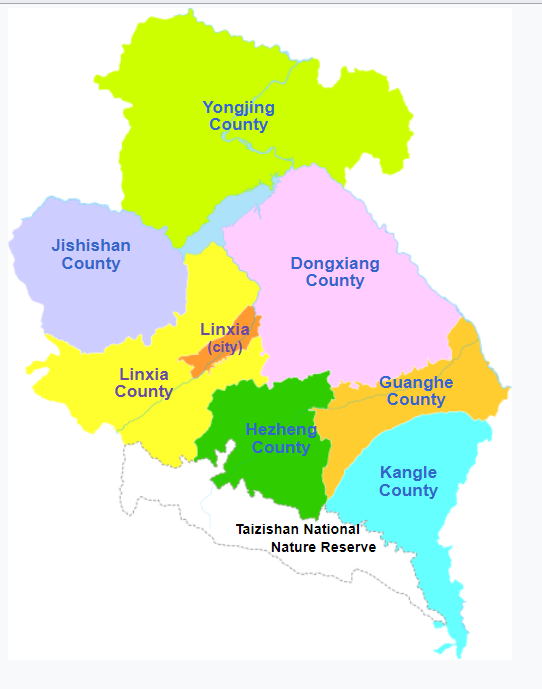
Yongjing County in northern Linxia Prefecture is the site of the famous Liujiaxia Reservoir on the Yellow River (visible in the map above) which is one of the few places you can see the waters of the Yellow River finally clear, as the placid flow through the reservoir allow the silty yellow loess sediment to settle. From there, the Yellow River flows north and east into Lanzhou City, the capital and largest city of Gansu. I described my visit to Liujiaxia in Part 1 of this Gansu travel series.
Linxia City is called China's "Little Mecca" because of the many mosques and the high degree of of Islamic lifestyle here. In large parts of the city, especially around the historic "8 Blocks and 13 Lanes" Quarter (八坊十三巷) it feels like the Muslim population is near 100%.
In this neighborhood, the streets are full of Chinese men with neat beards wearing white robes and taqiyah, and women in headscarves. In the wet markets, the meat counters that would normally have pork are replaced by sides of beef and lamb. Every restaurant is halal.
And of course every time you turn a corner, you bump into a mosque. They feature a unique blend of Islamic and Sinitic architecture, crescent moons over green multi-tiered dome-topped pagodas. I find this style quite aesthetically pleasing and harmonious, a true fusion design.
Many Chinese mosques were built in this fusion style in the Ming and Qing dynasties across the country, not just in Linxia. Modern China's efforts to renovate "overly Arabic" (e.g. with minarets) mosques to a more Sinitic style often try to make them look more like this.
Of course, if they weren't originally designed like that, the results may vary…
Here’s a village mosque in Dali that I visited on a trip long ago in 2015 (pic below).
Below is the same mosque, which I visited again after its renovations in 2023. You can clearly see the elements that have been changed: the minaret-style towers have been swapped for Chinese pagoda-style towers and the color scheme has changed too. The intention seems to have been to make it look more like the Sino-Islamic architecture of Linxia, but I find this to be far less aesthetic than these beautiful fusion designs.
Back to Linxia though, some of the mosques have been renovated too, as not all of Linxia's mosques were originally built in the fusion style that is considered acceptable by the Chinese authorities today.
An obvious example is Laohua Mosque, which was rebuilt in 1982 and still featured bulbous green domes and minarets as recently as 2016, when this Baidu streetview picture was taken (left). My picture from September 2024 is on the right.
As you can see, the minarets were replaced by pagodas with green domes and roofs were replaced with Chinese temple roofs, topped by crescent moons. It feels very modern and clean and kinda...corporate, and I can't say I care for the aesthetic much. A guy at a nearby coffee shop told me these renovations were all completed in the last few years.
I noted that the new buildings and feeling of enhanced development has also arrived in the last few years. In the 2016 Baidu streetview shots, Linxia still looked kind of grubby. A lot can change in 8 years.
Here’s another before and after, this time of the Tiejia Mosque in 2016 (left side) and 2024 (right side). I’m not a fan of this renovation aesthetic at all to be honest.
By contrast, the Chengjiao Mosque just a few blocks away looks more much harmonious to my eyes. When I checked older, 2016 pics on Baidu streeetview, I was unsurprised to see little change over the last 8 years, which means this was the original design - a fusion Sino-Islamic mosque. My subjective aesthetic take is: this looks really cool - nothing bland or corporate about it at all.
Overall, Linxia was a charming blend of old and new, reminiscent of how cities in east China used to feel to me about 10 years ago (these days, the cities in east China feel mostly brand-new with new buildings nad fresh paint everwhere).
The western regions in China are now in roughly the same development phase as eastern cities were 15 years ago, when I arrived in China.
Linxia still has the odd crumbling alleys, farm vehicles and undeveloped swatches of land with some crops tended to by elderly locals…
But it also has modern apartments, a brand-new Grand Theater, and trendy coffee shops with livestreamers introducing their SOE beans from Ethiopia and Kenya and (of course) Yunnan…
Near the giant Linxia Grand Theater, I also found an RV park, nearly at full capacity. I saw a ton of RVs while traveling in Gansu and Sichuan on this trip. The RV/vanlife community in China is most closely associated with traveling in this part of the country, so it makes sense.
According to GDP per capita, Gansu is the poorest province in China...and Linxia Autonomous Prefecture is the poorest prefecture-level unit in Gansu. Out of 361 prefecture-level units in the country, Linxia AP ranks #360 by this metric, ahead of only Yushu Tibetan AP in Qinghai. Oof.
But you wouldn't know it looking at Linxia City. Of course it's not a huge metropolis, but it also doesn't look like one of the poorest places in China. Checking local economic figures, I confirm Linxia City itself isn't that poor; it has poor surrounding counties dragging the average down.
On the wall of Linxia #1 Middle School, I found the "Wall of Glory", a list of every graduating student accepted to college this year...naming thousands of students accepted to schools across the country. A total of 19 were accepted at elite "C9" schools. Two will be going to Tsinghua - pretty impressive for a remote and relatively poor city.
Not far from the school, I found a large open construction site where everything had been torn down except this Buddhist temple in the middle of the worksite. It was still open to visitors, although I didn’t see anyone there except a lazy dog who got up when I arrived, made a halfhearted effort to walk in my direction, gave up, and went back to sleep.
Close by, another occupied house stuck out from the landscape - a local who was also unwilling or unable to move…yet anyway. They have a large tree growing in their courtyard, which is lovely, but the living conditions appear to be quite simple.
Fortunately, not all the old parts of the city are being torn down…I almost found some areas where the older stone-and-brick architecture was being preserved to be turned into a comfortable residential/commercial district. You can spot the dome of a mosque in the background, peeking up over the buildings at the end of this lane.
Overall, I spent just one evening and part of one day in Linxia before I departed to the south - and entered the mountains of the Tibetan region of Gansu. I would have liked to stay for another day or two, at least to do some more eating, but alas my schedule was booked pretty aggressively. So that’s it for Linxia, a small city that makes a big impression. Hope I get to visit again someday…

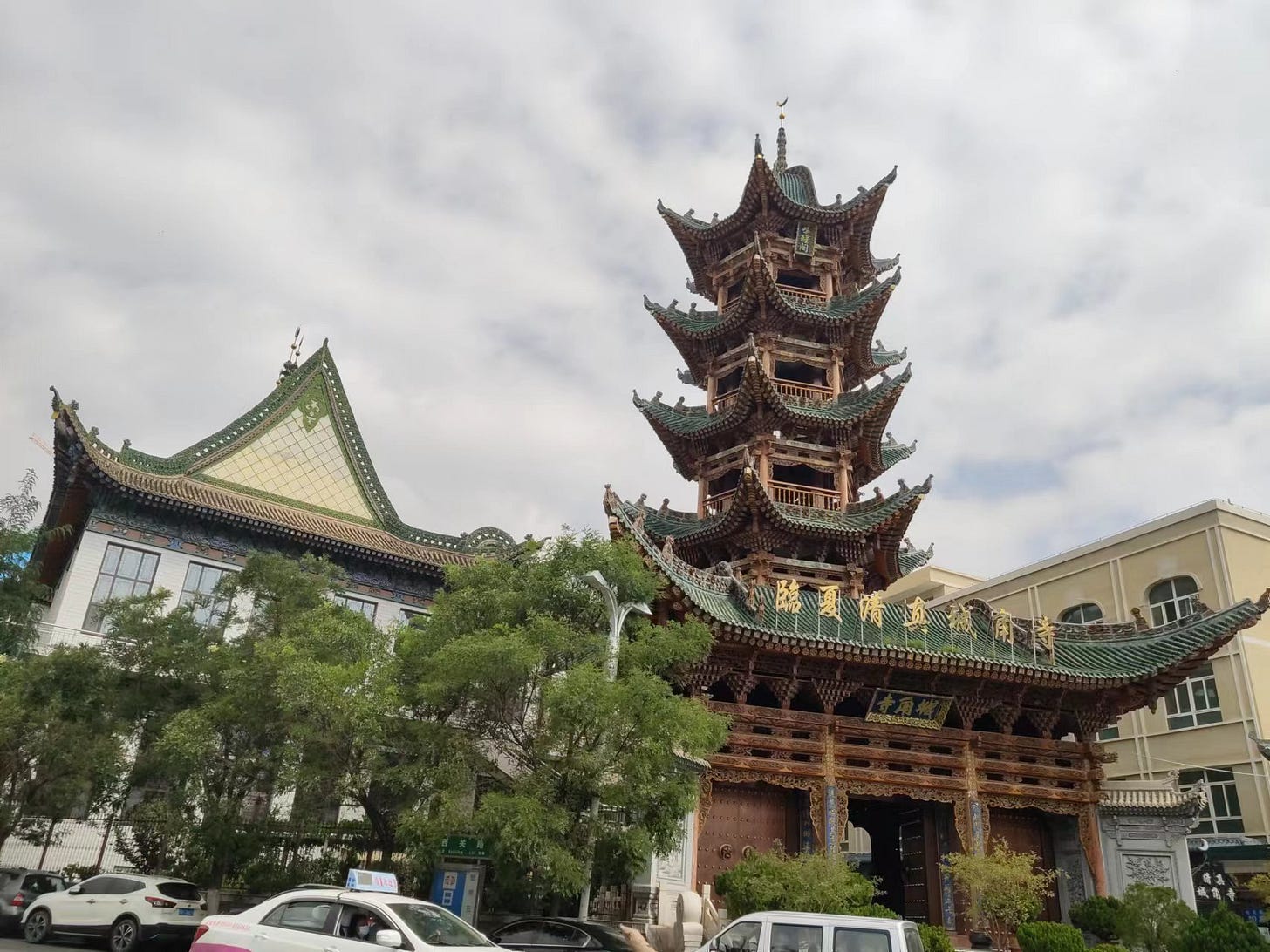

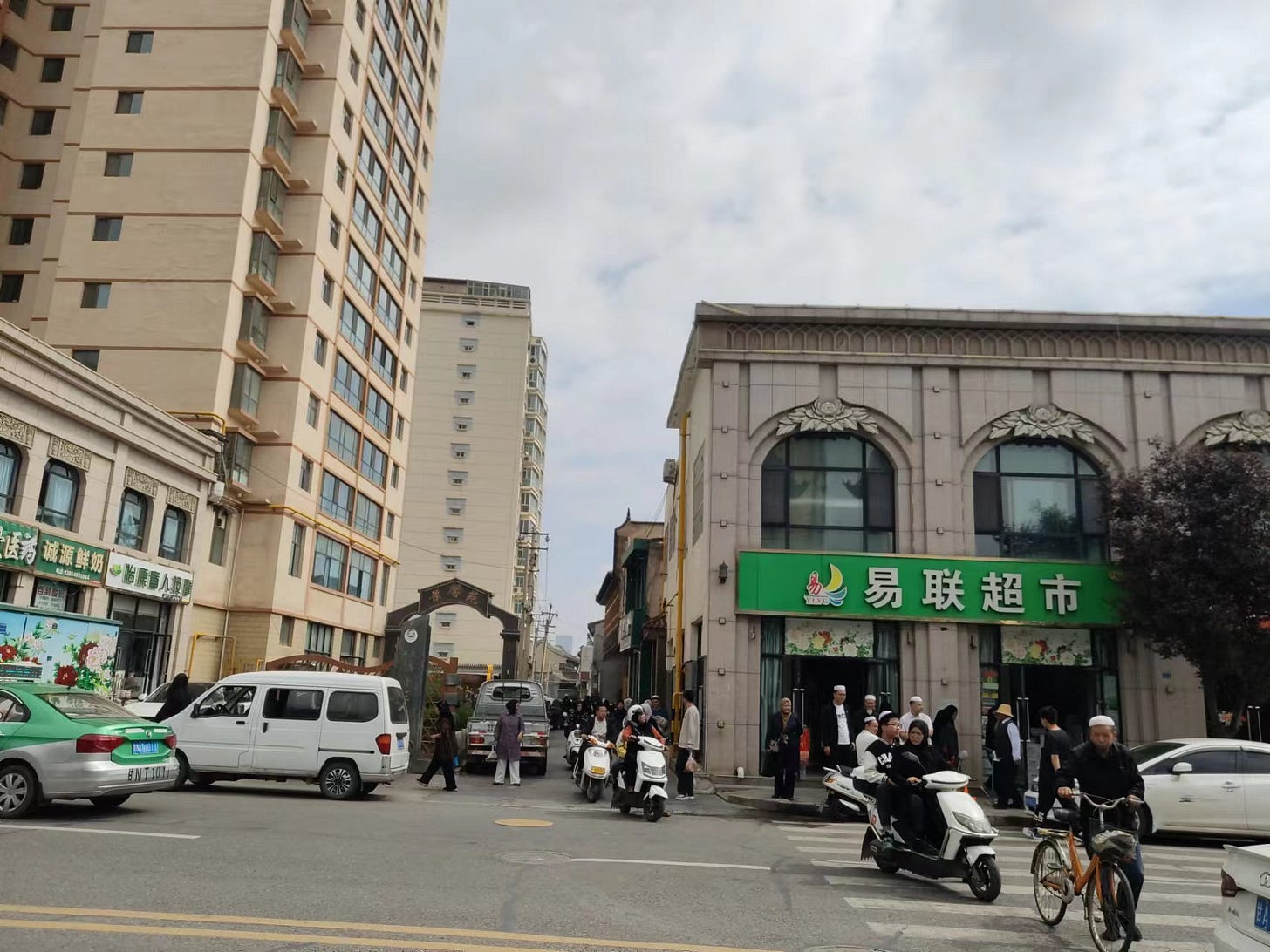
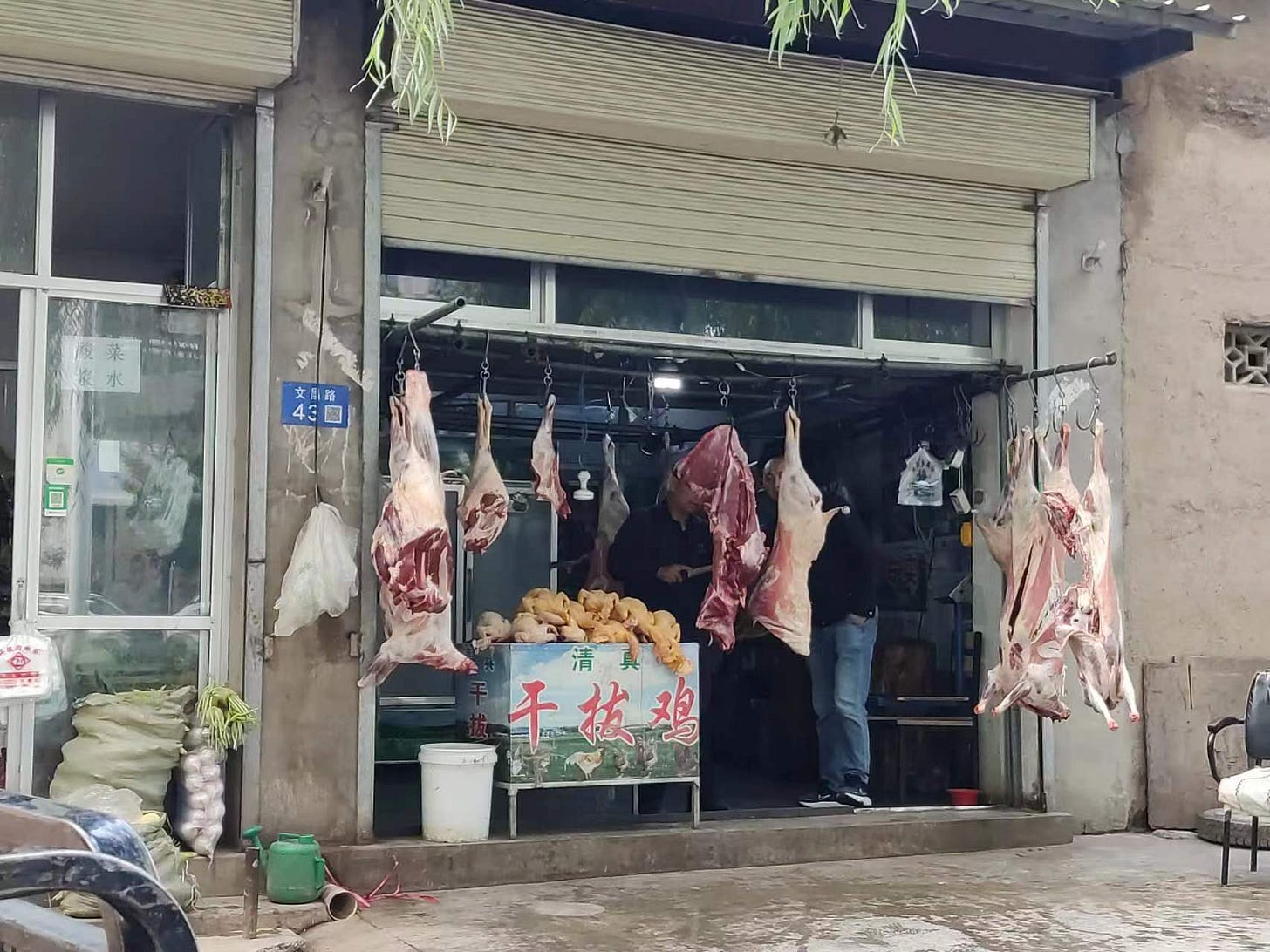

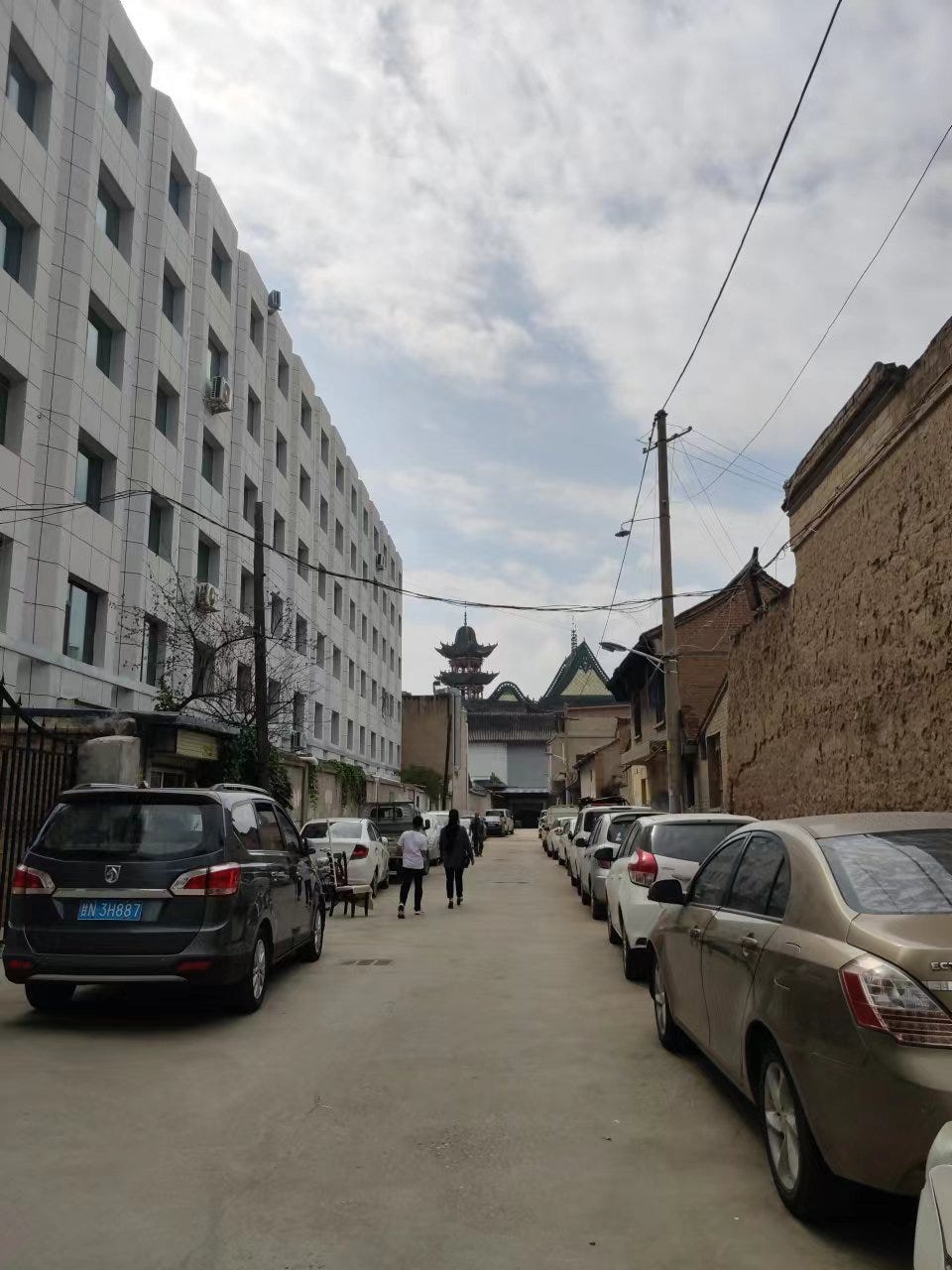
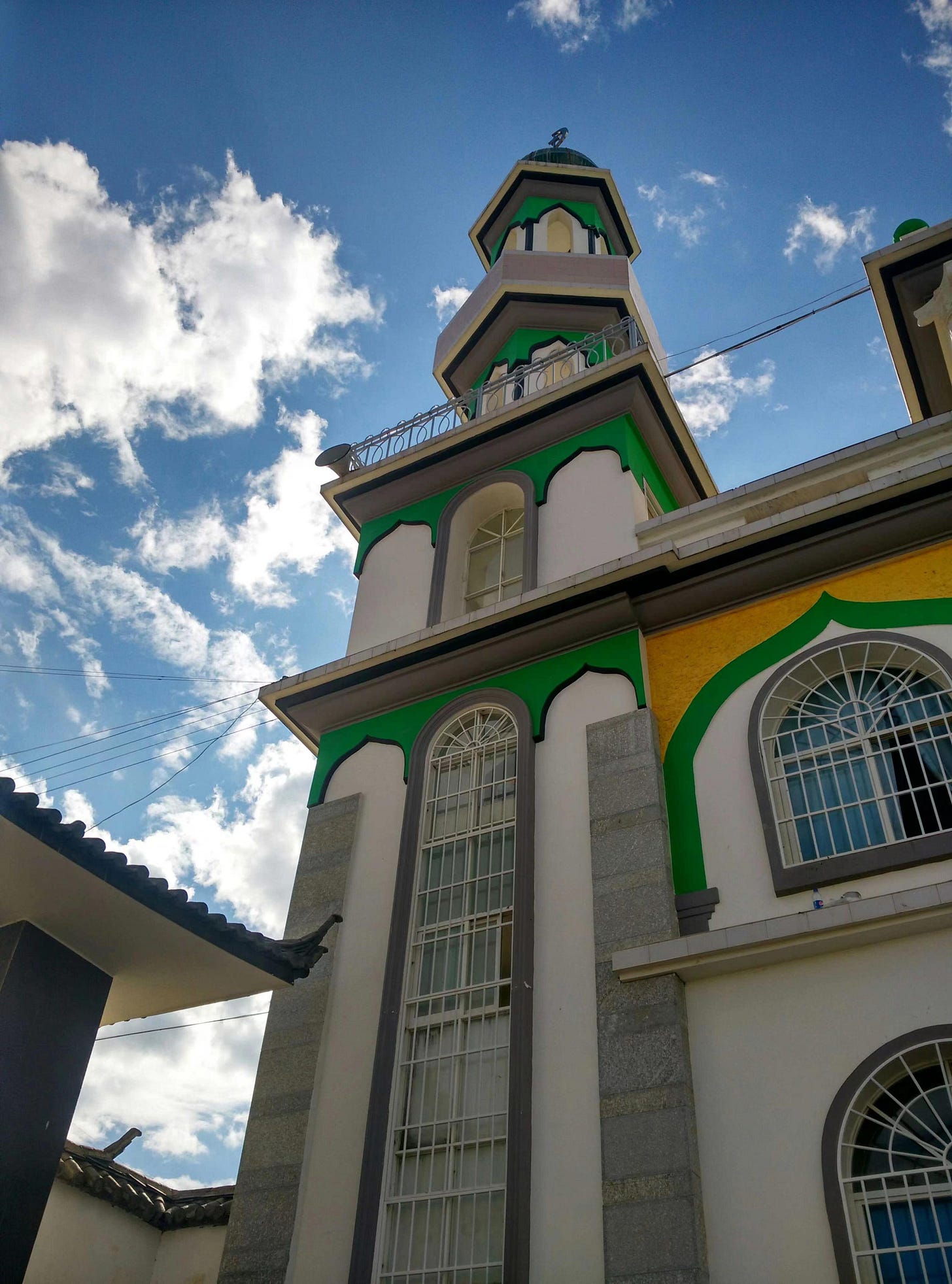
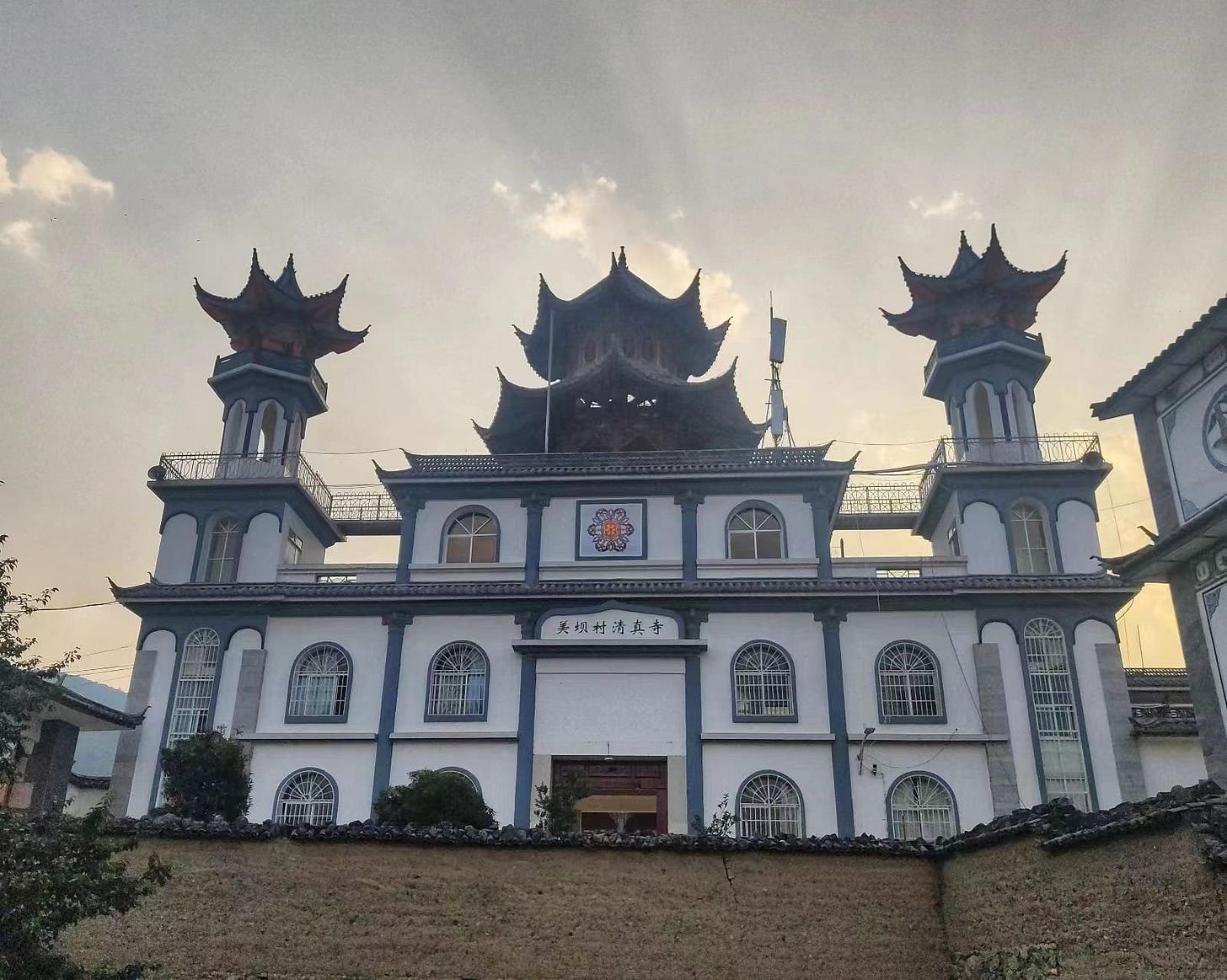
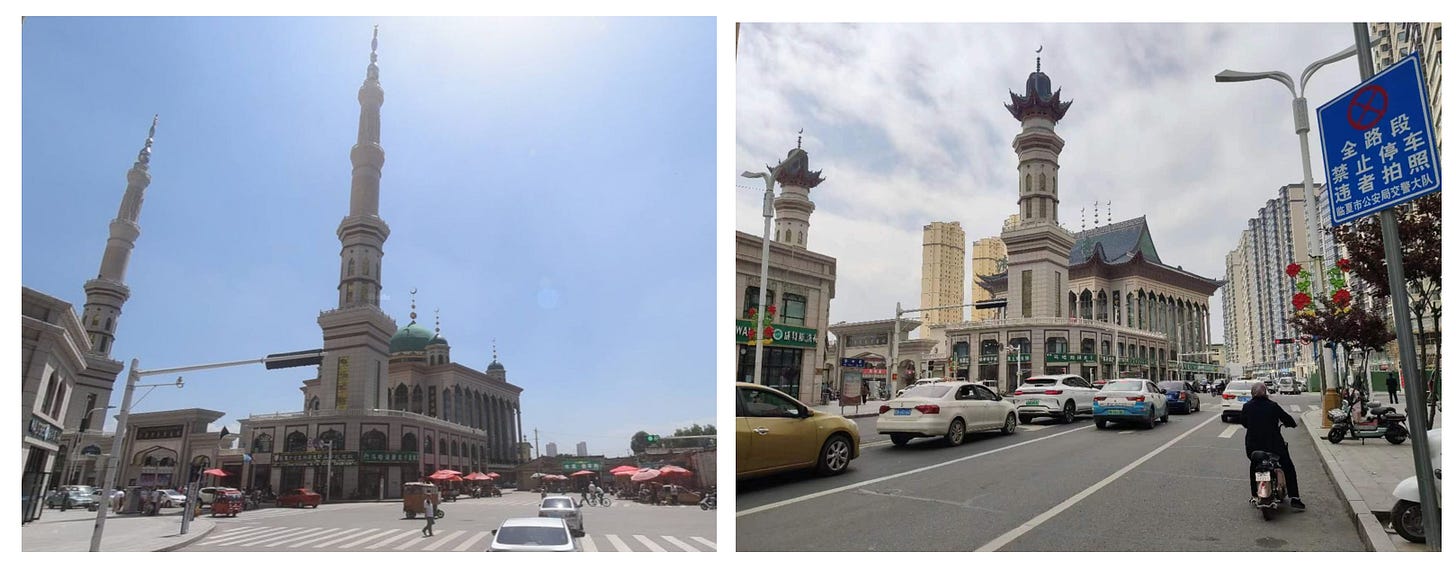
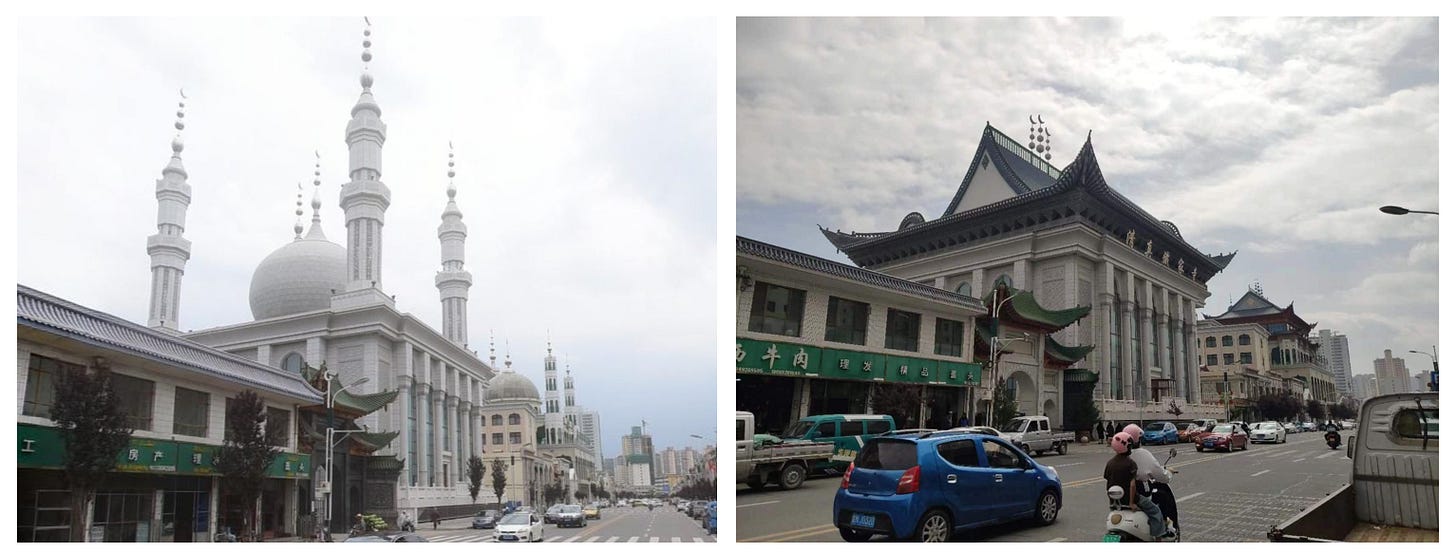
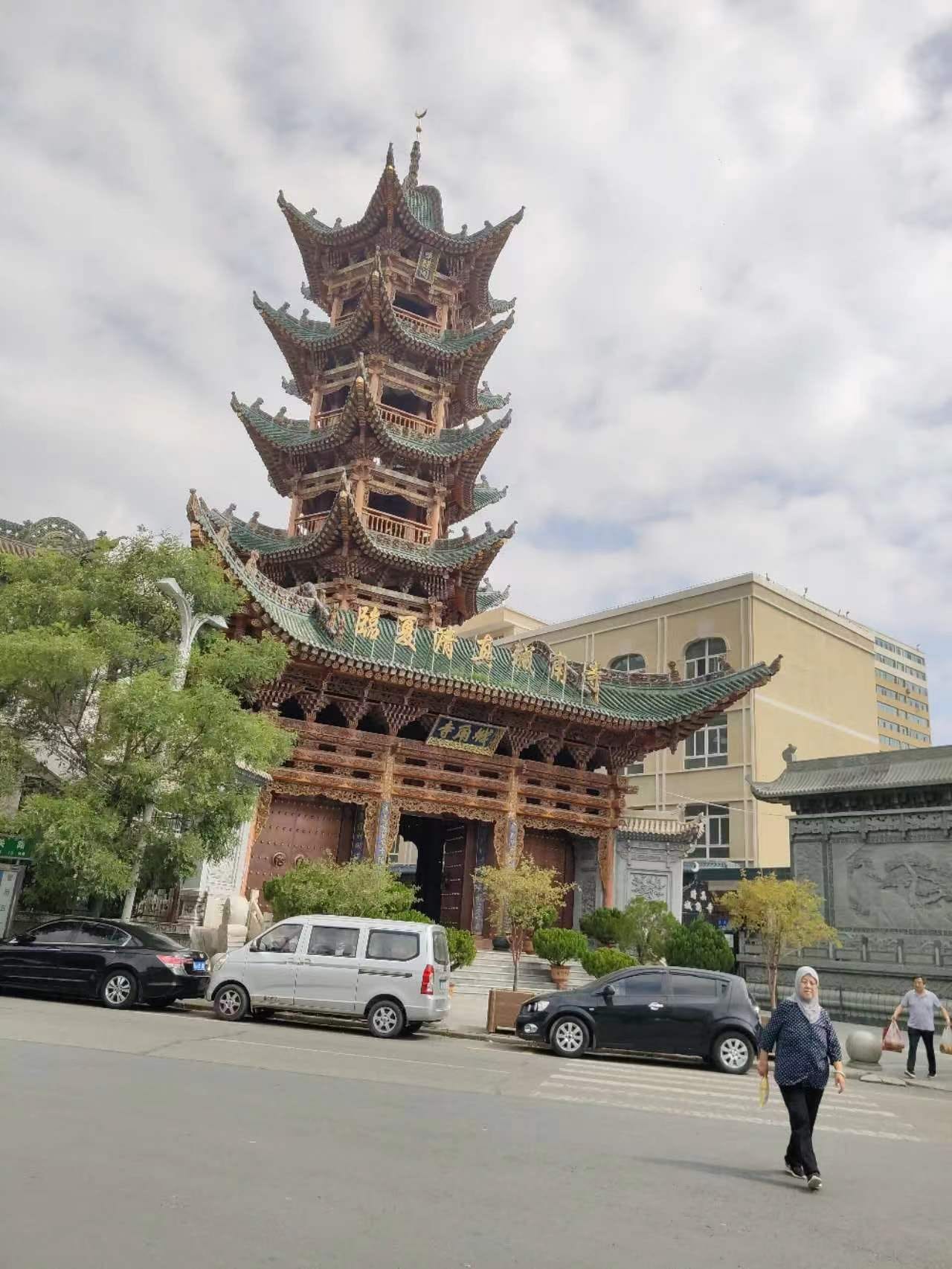
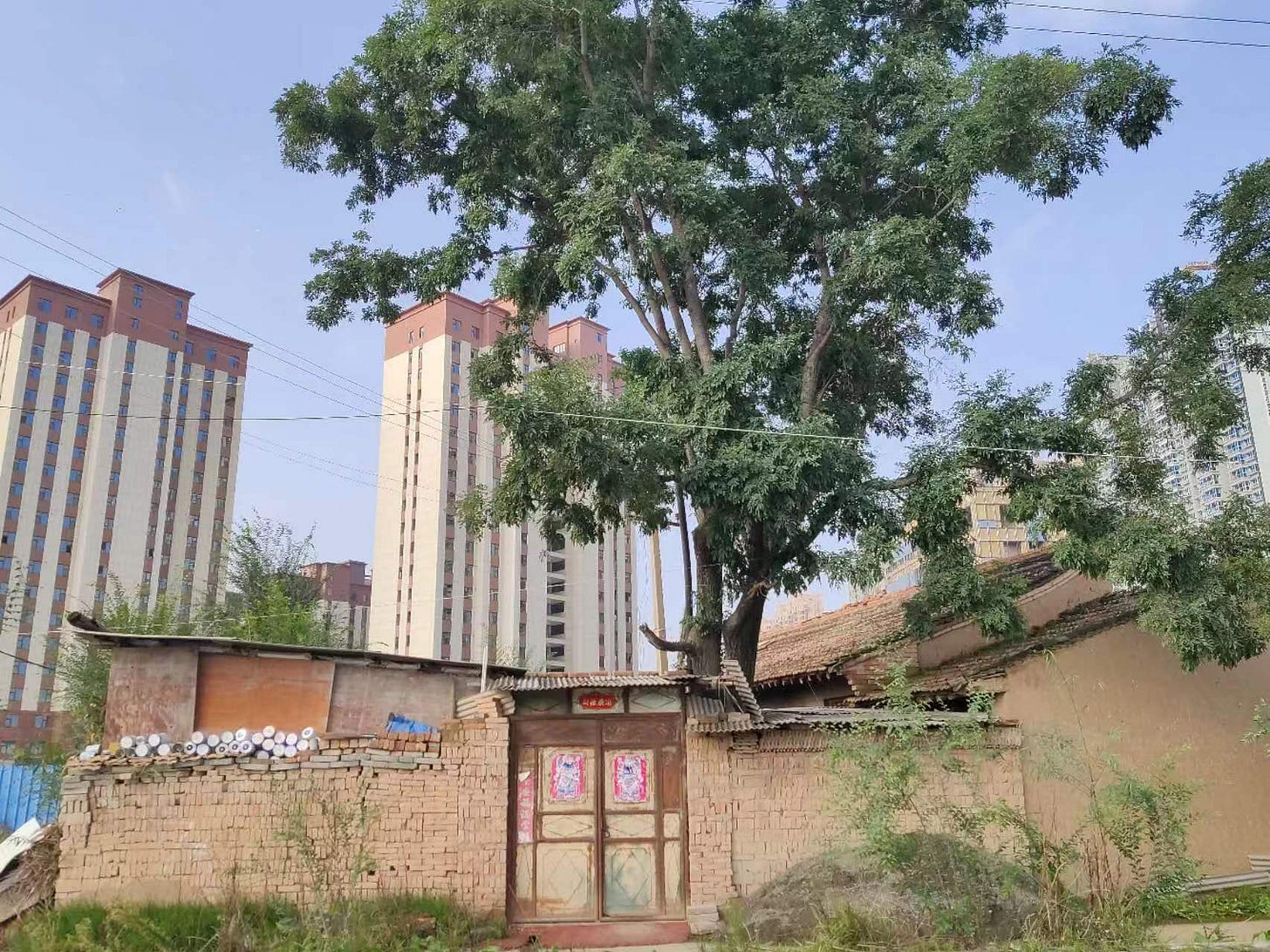

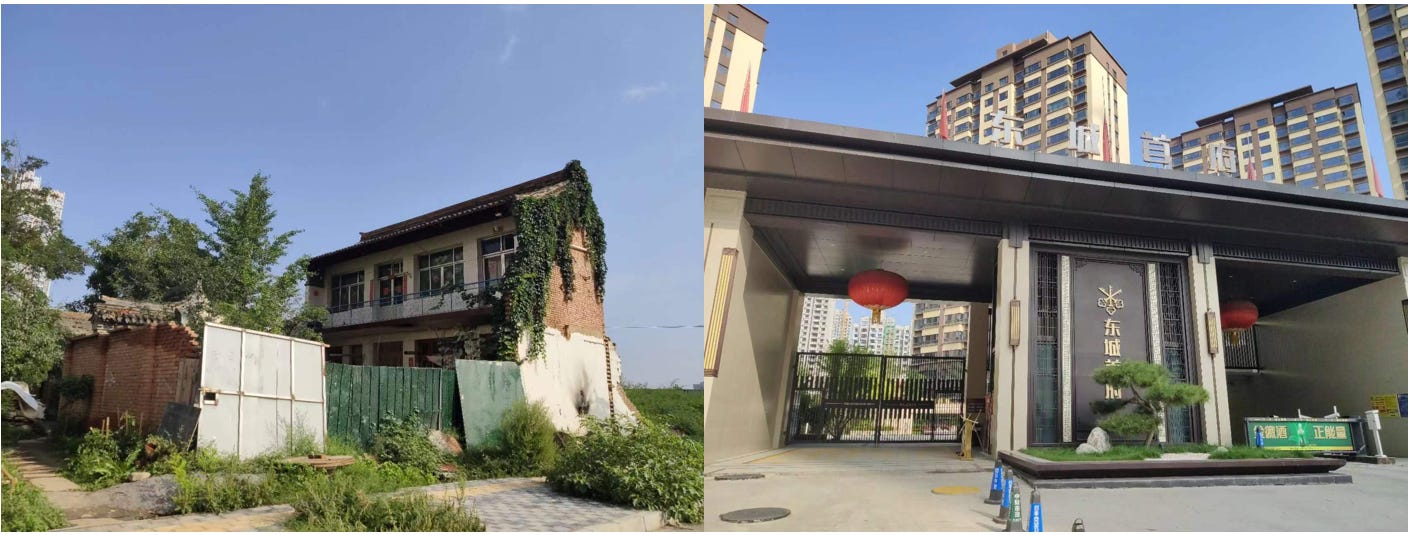

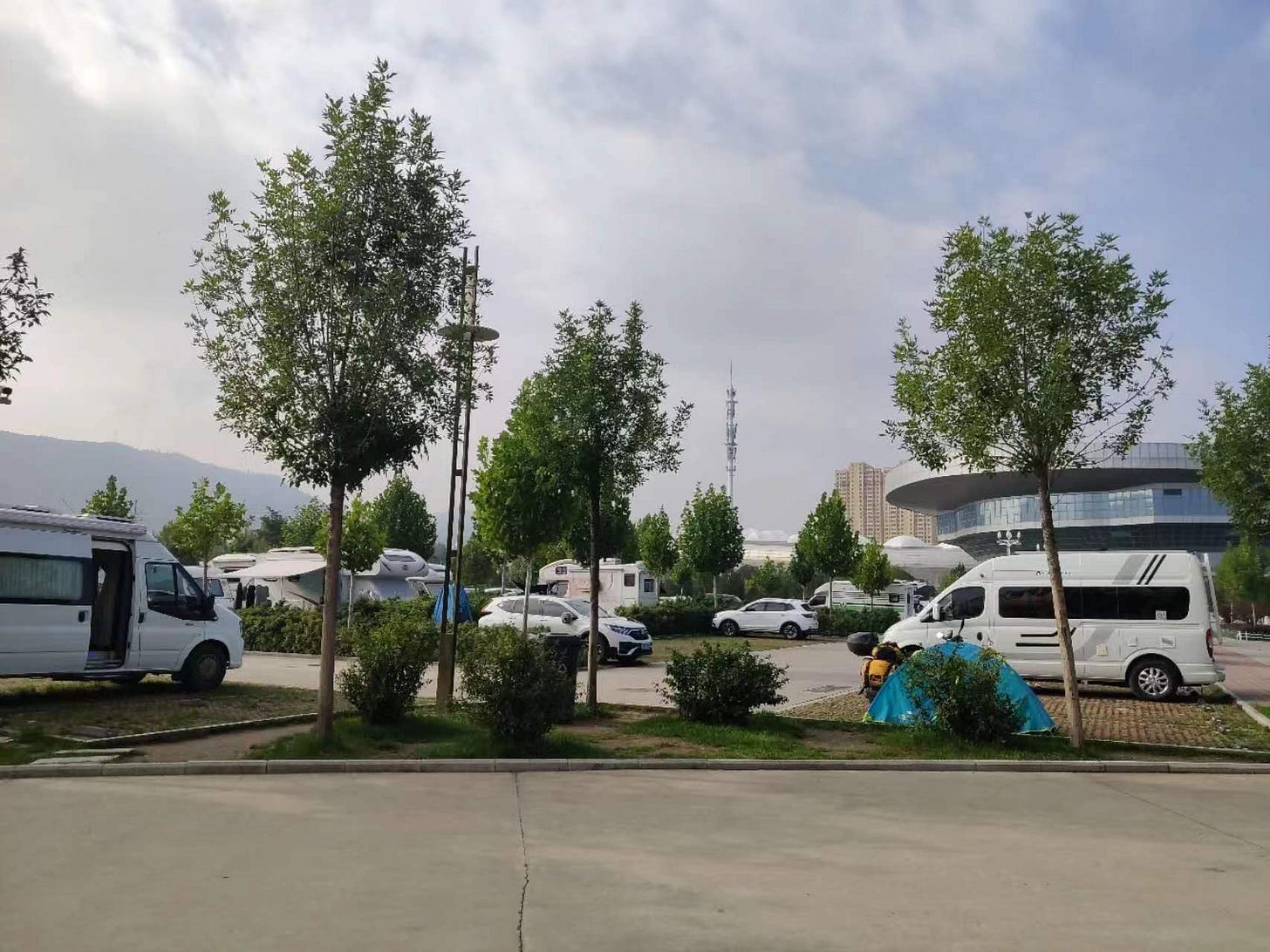
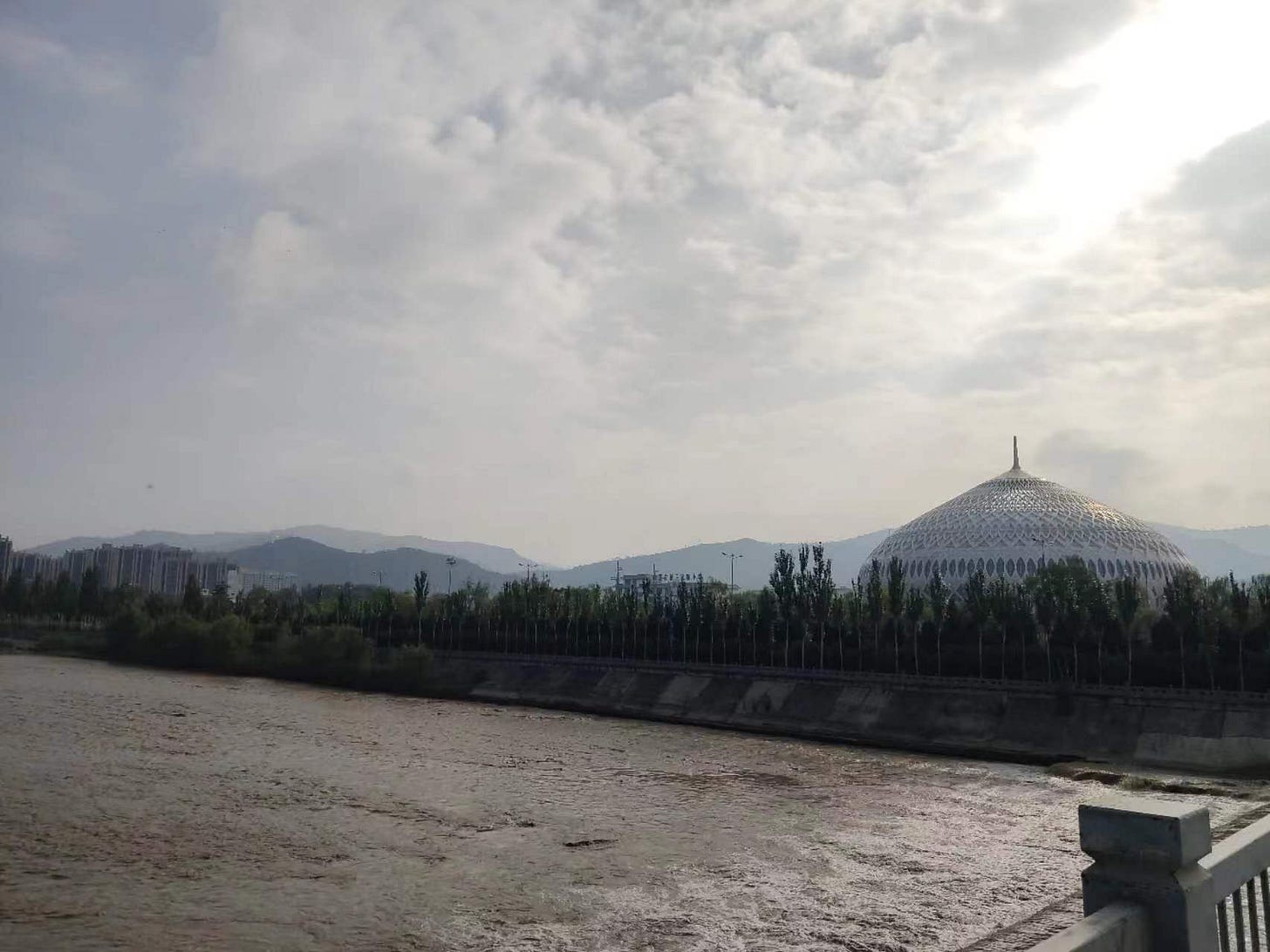
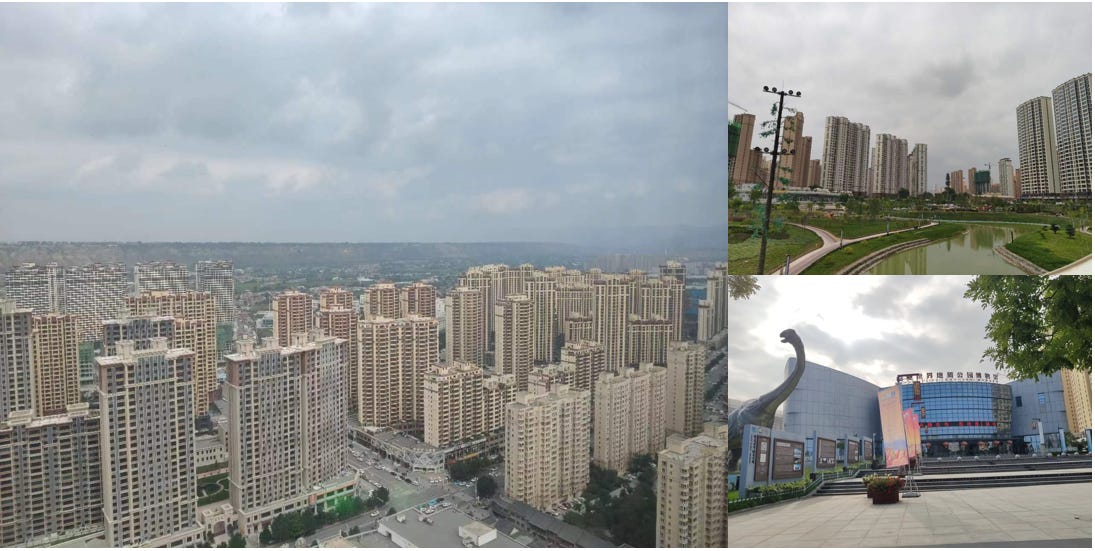



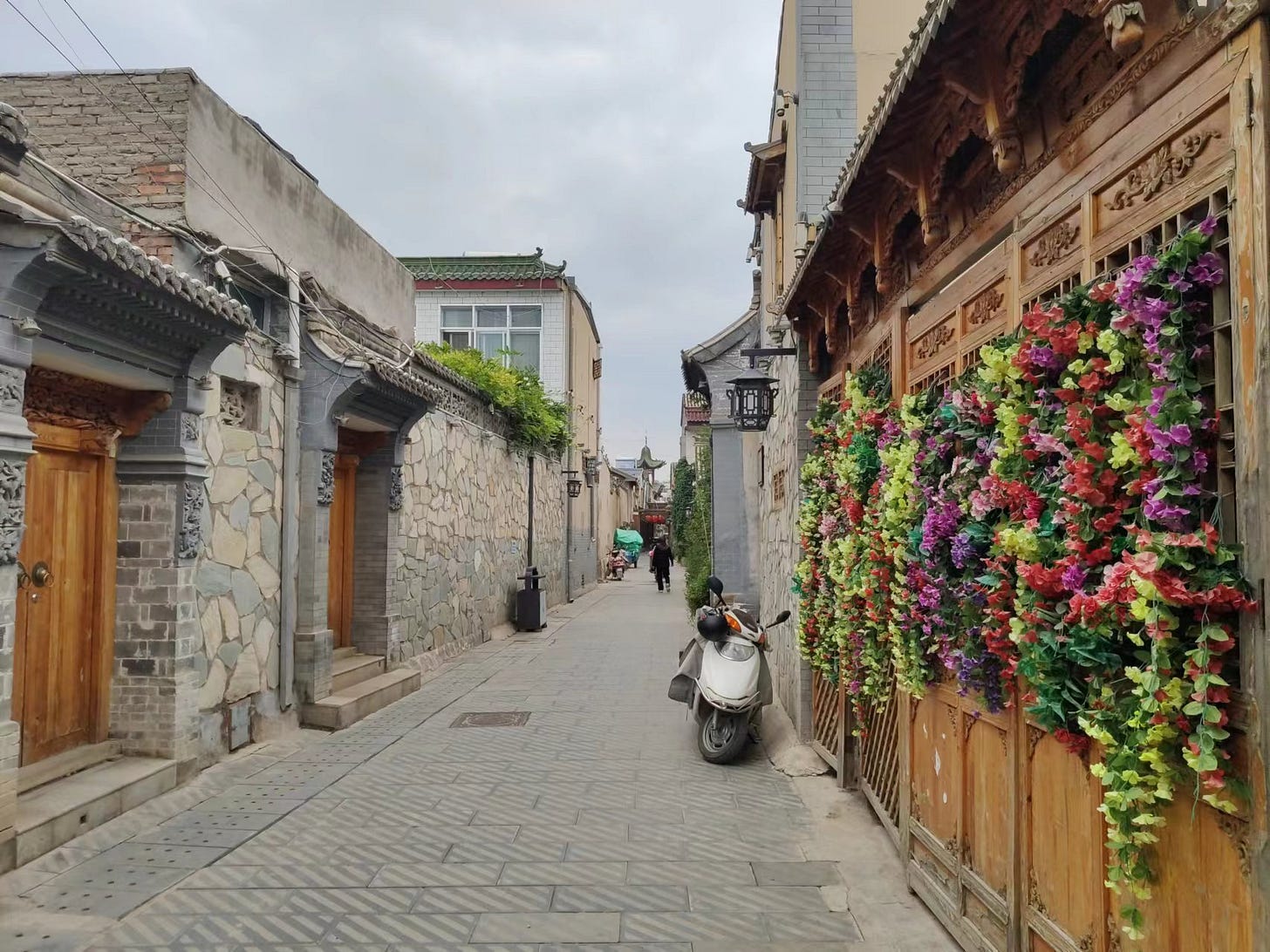
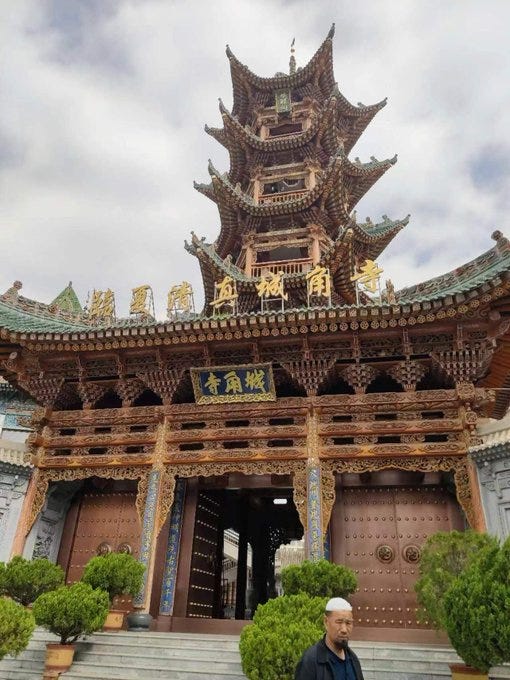
Gansu may be poor, but as far as my travels in China go, it's probably my favourite province. There's so many historical landmarks and so many different ethnic cultures, it's amazing.
I still remember visiting Linxia back in 2012 and enjoying the local dishes.
Looking forward to part 3.
Awesome series!
I've been telling British friends about how accessible China is—relatively cheap flights & 10-day visa-free transit. Would def recommend these to them since I can't design each of their trips.